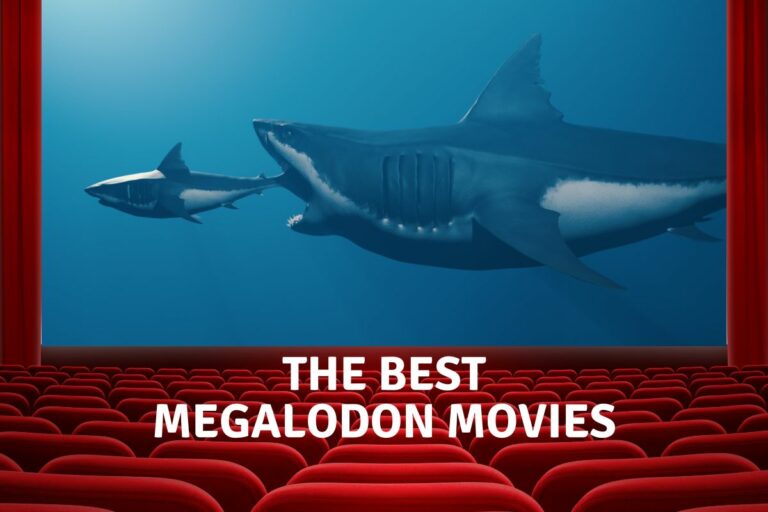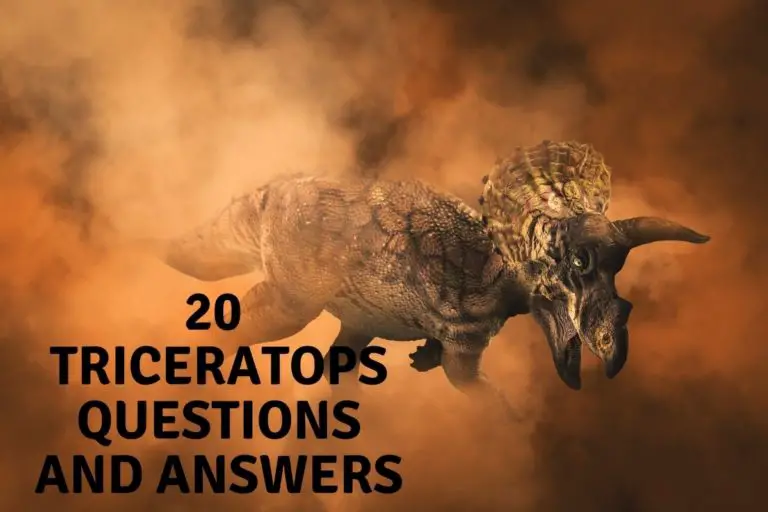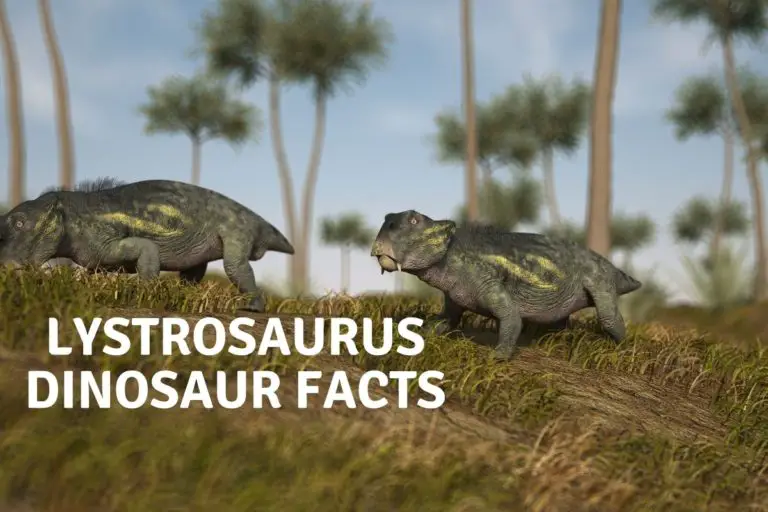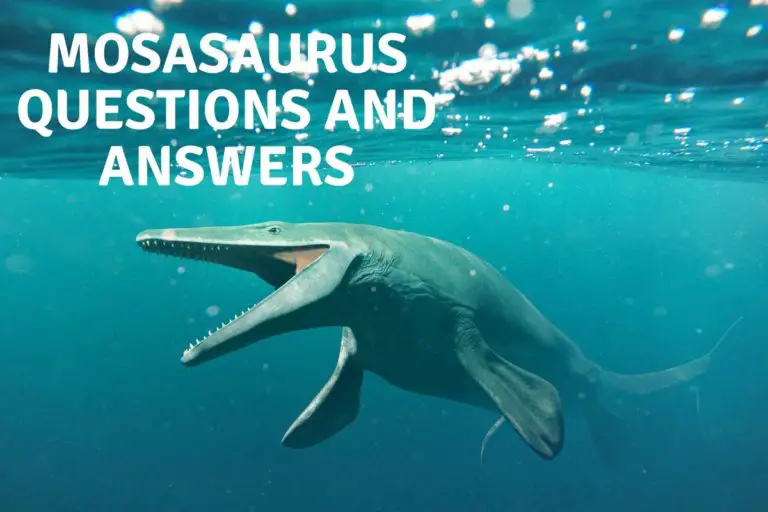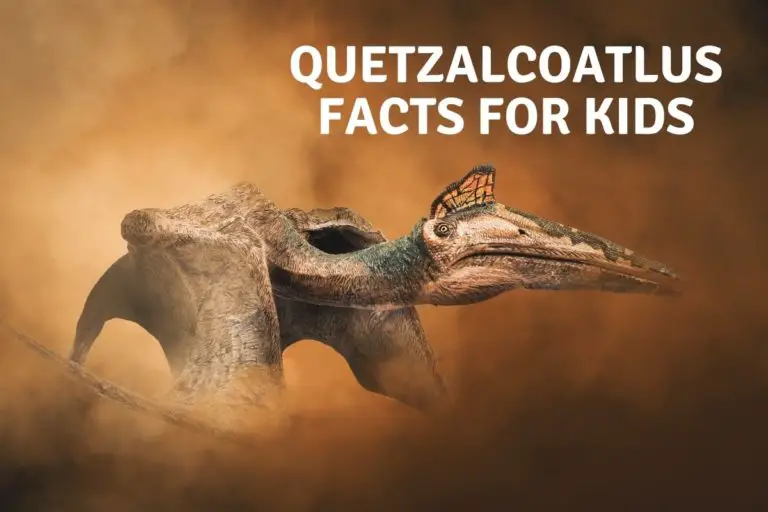Will Dinosaurs Ever Come Back?
Dinosaurs are due to be back on Earth by 2050, or so the internet rumor would have us believe. However, back in reality and outside of the movie world of the Jurassic Park Franchise a lot has to happen to meet that deadline and although there are leaps and bounds in genetic research it doesn’t look very likely we will be visiting a real Jurassic World anytime soon, or that gives yes as an answer to the question will dinosaurs ever come back.
While Genetic Engineering is not yet at the level where de-extinction of dinosaurs is possible, recently extinct animals, the passenger pigeon, for example is currently undergoing attempts to be revived by the Revive and restore project. If successful it may lead to older extinct animals being attempted in the future
Although it is probably accurate to think that we would not be quite as, convenient for plot points, foolish as to create dinosaur soldiers, think it was in anyway cost effective to create ankylosaurus for agricultural purposes, or allow 32 foot long Quetzalcoatlus to nest in New York it would still come with substantial management challenges.
That’s before we even address the difficulty in reverse engineering, cloning or even creating from almost scratch dinosaurs, or dinosaur like creatures.
It being difficult is a long way from impossible though, and with projects such as the revive and restore project advertising their DNA and genetic work to repopulate, replace or recreate extinct or near extinct animals, there are likely to be less well known projects that may have a less noble aim,
And although that sounds sinister it’s not meant to be. Rather than have an altruistic aim of helping species under threat, most likely by human intervention, there may well be projects just seeing if they can clone or reverse evolve creatures closer to the time of the dinosaurs just for the “science” of it. To quote Ian Malcolm for the first time.
too busy trying to see if they could, and not thinking if they should.
In the article below we take a look at some of the ways that offer, even remote, possibility that dinosaurs could ever come back including,
- reverse Engineering,
- cloning
- recreating.
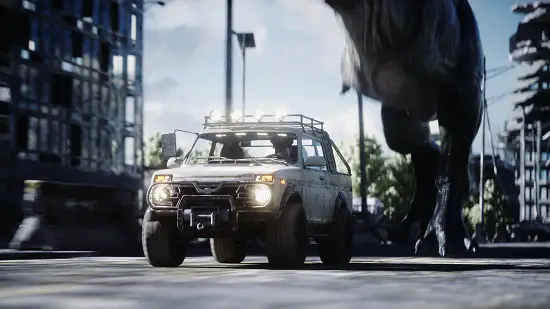
.
Is Reverse-engineering Dinosaurs Possible?
While Jurassic Park did not quite get it right, some scientists are hopeful that dinosaurs dinosaurs may be created or recreated through genetic engineering.
Reverse-engineering prehistoric animals can be done by carefully controlling environmental conditions, IVF procedures, and the breeding of offspring. The Revive and Restore project shows the potential of genetically engineered creatures to restore biodiversity on Earth.
The movie, and novel, Jurassic park addresses this itself with an exchange between Ian Malcolm and John Hammond. We Quote below.
“Condors are on the verge of extinction! If I were to create a flock of condors on this island, you wouldn’t have anything to say!”
John Hammond
“This isn’t some species that was obliterated by deforestation, or the building of a dam. Dinosaurs had their shot, and nature selected them for extinction.”
Ian Malcolm
Whether we can, will and should try to restore Extinct dinosaurs from 66 million years ago is a different question. The ability to clone animals is advancing, and the key requirement appears to be (VERY VERY basically) DNA.
However to reverse engineer birds to dinosaurs scientists will need to find out which genes in birds were responsible for the evolution of the species. Some researchers believe that by introducing, removing or modifying these genes into birds, they can build dinosaur-like animals.
However, this method will be difficult because genomes are huge and regulate every aspect of function. In addition, manipulating major coordinated changes in a single genome is difficult. It would take years to reverse-engineer a dinosaur-like creature. Even then it would not be a dinosaur in real terms.
Reverse-engineering dinosaurs to bring them back is a controversial topic. But it’s possible to engineer chicken DNA to be more similar to that of dinosaurs and in fact it has already been done. . Genetic engineering has become a mainstream field for genetically engineering animals.
Dr. Jack Horner was consulted on the Jurassic Park movies. However, he has also been involved in genetic engineering of chickens. While this research is still in its early stages, it has already achieved some impressive milestones.
But genetic engineering would also mean reversing the evolution of 66 million years. And while genetic engineering of dinosaurs is possible, there are several ethical concerns. So what if we were able to bring dinosaurs back through genetic engineering?
We will discuss cloning in the next section. One big hurdle is getting access to ancient dinosaur DNA. The oldest DNA sample found today is one million years old. But scientists are working on a way to obtain ancient dinosaur DNA, because you know, science!.
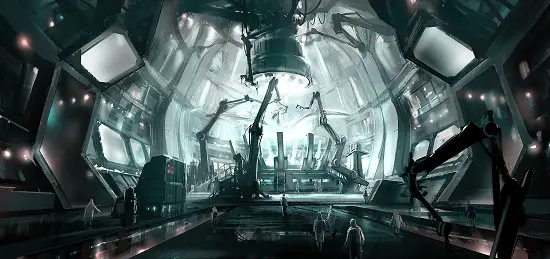
Cloning dinosaurs
It is highly unlikely that humans will be able to clone dinosaurs. The DNA Required from fossils of extinct dinosaurs is at its youngest about 66 million years old, and oldest 20 or so million year old. DNA is fragile and as mentioned the oldest DNA so far found is just 1 million years old from a Wooly mammoth and is quote fragile.
Update: Although as reported in Chemistry World there might be older DNA discovered, in fact 124 million years older. DNA from an actual dinosaur. A fossilized Caudipteryx was found in china and after careful examination they managed to extract what they think is bio material and possibly even DNA. it was discovered by Alida Bailleul, a paleontologist who works for the Chinese Academy of Science and her team.
It is not the first time they have found bio material from a fossilized dinosaur, a year a ago in 2020, of a duck billed dinosaur.
However there is more research that needs to be done, and it is not 100% that the material will turn out to be DNA, but they are hopeful. What they are not hopeful about is that even if they were to recover a full strand of DNA they still think it will be impossible to clone a dinosaur.
We can never clone dinosaurs and bring them back to life, even if we ended up having their entire genome sequenced.’
Alida Bailleul,
So cloning dinosaurs may not be possible. But is it possible to create a new living organism from a fragment of dinosaur DNA. Although it is unlikely to be a true dinosaur, the organism would potentially resemble a mix of reptile and bird. The same idea basic idea was used to create the “Jurassic World” movies.
Which, just to be 100% clear is fantasy, very good, but still fantasy.
however let’s explore the process required for arguments sake.
How to
The DNA from a dinosaur is spliced with other animal DNA, likely animals of similar structure is added to an ovum from an ostrich or emu to be grown into a fetus or constructed egg structure .
Realistically, and we use the word loosely, only one in a thousand trials will result in a functioning animal, and even then the animal is likely to have mutations.
Most scientists state that it is impossible to clone dinosaurs with today’s technology. However, it hasn’t stopped people talking about it, and more importantly scientists exploring if dinosaurs ever come back
In 2010, NOVA published a special episode on the process. Discovery Kids even produced an episode on the amber found in Jurassic Park. The episode is called “The Case of Dino Clones,” and explores the science behind the film Jurassic Park.
NOTE: There has been a dinosaur (possibly) found in amber in 2020. The Oculudentavis was tiny, and if officially classified as a dinosaur, would be the smallest ever recorded. However there is some dispute over if it was a lizard or a dinosaur. Either way, if the DNA was encased in the amber it would be an opportunity to extract it for research
It is encased in Amber, not as a fossil skeleton, but as the full head of the dinosaur (or lizard) and even if not classified as a dinosaur it is the oldest soft ( well its in amber but you know what i mean) tissue ever discovered. It surely must open up opportunities.
Ethics of Cloning Dinosaurs.
As we highlighted, or more accurately Michael Crichton and The Jurassic Park writers highlighted. there are are a number of ethical questions surrounding the idea of cloning dinosaurs.

For one, it may be difficult to recreate the dinosaurs based on DNA alone. If it were successful, it could be difficult to identify a particular dinosaur and wit the traits from its host embryo or ovum it might be quite different to how it looked, and acted, when natural born.
Dinosaurs and DNA
The science behind the possibility of cloning dinosaurs is not that far-fetched. After all, the DNA from insects is stored in their blood cells. To extract the DNA from amber, scientists would have to break it open and process the blood cells,
however bio material especially at the cellular level is really fragile and considering the cases above are the only, known, possible recovery of DNA or cellular material from anything as old as dinosaurs is unlikely and huge sources are not going to be found anytime soon.
This would require multiple steps, and the sequence of the DNA from amber would be too small and too incomplete to study with the current technology. To complete the process, scientists would use a process called polymerase chain reaction, or PPCR.
Should we Bring Back Dinosaurs?
The debate over whether bringing back extinct species is a good idea rages on. Some scientists say that it is unnecessary and the changes and adaptations that would need to be made are so large that it would not be bringing back a dinosaur, but basically creating a hybrid, while others believe it can be a good idea both for testing the boundaries of science and for research into our distant past. .
The debate over whether bringing back extinct species is a good idea depends on how important it is to the conservation of the natural world. If it is a species that went extinct recently, or due to human intervention is it then ok? How long back are we talking as the Woolly Mammoth was likely extinct in part due to human hunting, should we attempt to bring that back.
Should We bring back Recently Extinct Species?
The goal of the bringing back extinct animals is not to create exact copies, but rather a living relative that can survive in the ecosystems that exist today. In this way, scientists could increase the genetic diversity of species that are threatened with extinction, bringing back a Dodo for example should pose no problem to the animal and the world is not too different, but bringing back a mammoth, is their food sources, is there territory enough?, how would it impact species living there today? Would be be exchanging one extinction for one or many others?
Or is it just to put in a zoo and look at or a lab and study, the ethics and reasons against and for this are as long as the number of animals that have gone extinct!
Can we Clone Extinct Species Now?
Despite the challenges involved in reviving extinct species, Jordan Mallon, a research scientist in paleobiology at the Canadian Museum of Nature, says that the technical issues surrounding the revival of extinct animals are likely to be solved in the next few generations, and recently cloning has actually started to happen.
Currently, scientists do not have enough information to successfully revive an extinct animal, and they need DNA samples from an extinct species to use in experiments. They also need a closely related living surrogate, or artificial egg that can carry offspring to term.
Novak says that the passenger pigeon was the most sought-after species to be brought back. This bird gathered in flocks of millions in the late nineteenth century in North America, but hunting took them out of the wild and eventfully into extinction.
Eventually, the last passenger pigeon died in captivity in 1914. The mammoth’s demise was also most likely due to human exploitation. If bringing back extinct species is a good idea, where is the line to be drawn? The passenger pigeon is one of Revive and restores flagship projects, aimed to have a self sustaining population in the wild by 2040-60 will this be the start of de-extinction in the world?
These issues are still under debate and while it doesn’t look likely to be concluded any time soon. It is good we recognise there are positives and negatives to it and don’t just wade into bringing dinosaurs or anything else back without proper consideration and due diligence. Or Jurassic World Dominion might be less of a movie and more of a documentary !.

Bringing back dinosaurs by 2050?
So some experts predict that dinosaur life could return to the planet by the year 2050. This has taken off in recent years and we will have an article on whether we will have the technology ( as well as the DNA) to bring back dinosaurs by 2050 in due course.
The reason for this prediction is that we will be able to create living, breathing dinosaurs thanks to DNA isolation technology. And, if we can manage to create those strands or data DNA, then it should be quite possible to engineer them is such a way to live in a very different world than they had originally evolved for.
Dinosaur Chickens?
While it seems like a fantasy, scientists have been able to make some progress. One example is the development of the “dino chicken,” a chicken with the appearance of a dinosaur, at least it terms of the head. it was genetically altered to have a snout like a velociraptor rather than a chickens beak. More than one scientific team has been able to achieve this and publish findings and it does open the question where else are experiments going on, and what is there aim.
If you have just walked out of a cinema after Jurassic World Dominion and googled this, then you have an idea, and extreme idea, of what can happen if genetic power gets out of hand.
A second version is in development, and will be more closely resemble a velociraptor. And, in the future, they may be able to create a chicken with arms, fingers, tails and dinosaur features. Whether these can be used by the animal is another, but its shows how far down the path of both evolutionary biology and gene manipulation we have come in a short time.
A scientist who inspired the character Dr. Alan Grant in “Jurassic Park,” Dr. Jack Horner, was in a position to bring back dinosaurs. The scientist originally believed that the DNA of dinosaurs was the key to recreating them.
But more recent studies have ruled out this theory. Bringing back dinosaurs might be possible if we can learn the secrets of DNA degradation. Whether dinosaurs ever come back, depends on If we can successfully recreate them, Though popular media is keen on depicting that as a very bad idea!
What will happen if dinosaurs ever come back
Despite a whole lot of initial media coverage it is unlikely that if dinosaurs ever come back it would make a huge difference to the world. It would be years and years till the dinosaurs created would be viable enough for showing to the public and most would be videos, or documentaries rather than jurassic world type theme parks
It would call into question ethics and motivations if dinosaurs ever come back just for entertainment purposes. Especially the early animals which would likely have to go through a long trial and error practice with live animals. This would involve animal right movements protesting and drawing negative attention.
We do not think they would be in a position to be terrorizing movie theatres any time in the near future. in Fact if dinosaurs ever come back it is more likely that they would be the ones terrified rather than us.
References
https://earthlymission.com/dino-chicken-chickensaur-science-genetics-dinosaurs-animals/
https://edition.cnn.com/2020/03/11/world/dinosaur-bird-head-skull-amber-scn
https://onlinelibrary.wiley.com/doi/abs/10.1111/evo.12684
Hi, I am Roy Ford a General Studies and English Teacher who has taught all over the world. What started as a fossil collection became a great way to teach, motivate and inspire students of all ages and all over the world about dinosaurs and from that and children’s love of dinosaurs came the site dinosaur facts for kids, a resource for all ages.




